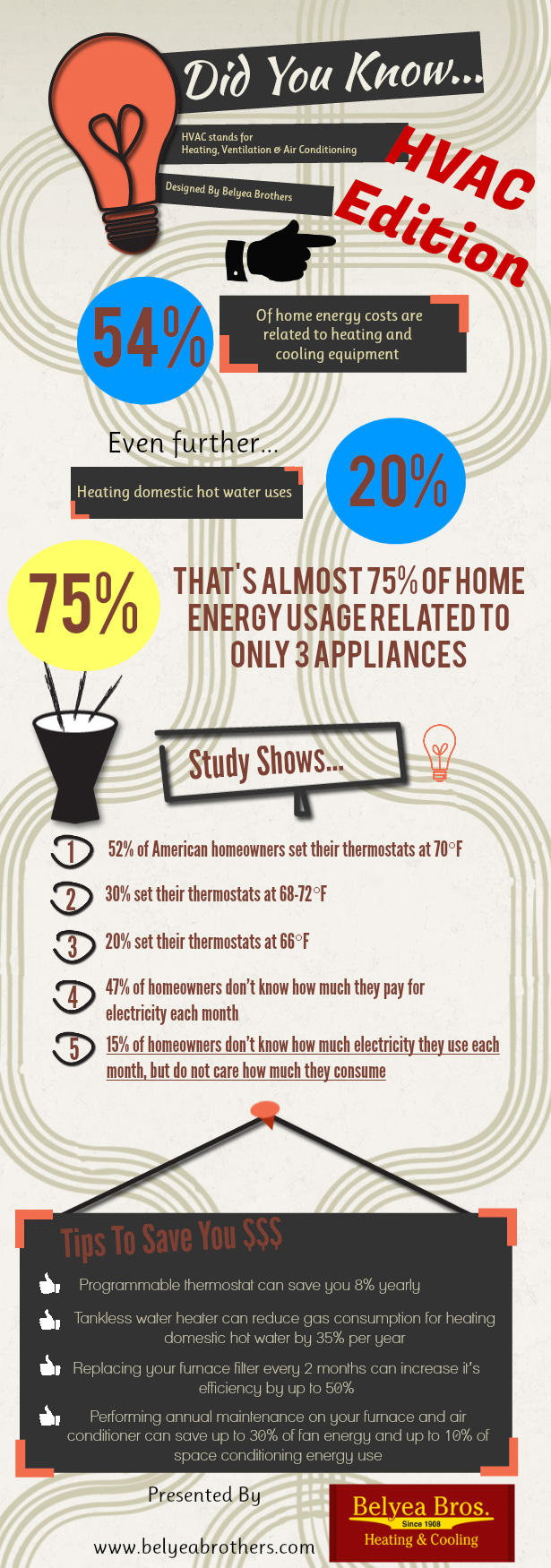Insights On Optimizing Heatpump Efficiency After It Has Been Installed
Insights On Optimizing Heatpump Efficiency After It Has Been Installed
Blog Article
Posted By-Grant Borregaard
To guarantee your heat pump runs at peak effectiveness post-installation, applying professional ideas can make a substantial distinction. From basic maintenance tasks like changing filters to maximizing temperature setups and boosting air flow, there are various approaches to explore. By following these expert referrals, you can not just improve your heatpump's performance yet also potentially reduced energy costs and boost comfort degrees in your house. Ready to raise your heat pump's effectiveness and make the most of your financial investment?
Normal Maintenance Tasks
When it involves improving the efficiency of your heatpump, routine upkeep jobs play an important function. Making sure that your heat pump is well-maintained not only extends its lifespan but additionally assists it operate at peak performance levels.
Among one of the most crucial upkeep tasks is frequently changing or cleansing the air filters. Clogged up read on can limit air flow, making your heatpump work harder and take in even more power. It's recommended to examine and tidy or change the filters every 1-3 months, depending on use and the type of filter.
One more important upkeep task is inspecting the outdoor unit for any kind of debris or obstructions. Leaves, dirt, or various other particles can accumulate around the system, impeding airflow and lowering effectiveness. Regularly clearing the location around the outdoor system can assist make sure optimum efficiency.
In addition, scheduling annual professional maintenance checks can help determine any type of prospective issues prior to they rise, keeping your heat pump running efficiently and effectively. By remaining on top of these maintenance jobs, you can optimize the performance and long life of your heatpump.
Optimum Temperature Settings
To ensure your heat pump runs successfully, setting the temperature properly is important. For ideal efficiency, it's recommended to establish your heatpump thermostat to around 68 ° F during the chillier months when heating your home. This temperature level strikes an equilibrium in between comfort and energy financial savings.
If you really feel chilly, attempt wearing cozy garments or making use of blankets before increasing the thermostat setup. During https://airconditioningspecialist10099.tokka-blog.com/31426270/heatpump-repair-indication-that-your-system-needs-expert-treatment , go for a setting of around 78 ° F for cooling. This will certainly assist prevent your heatpump from overworking and consuming excess energy.
Stay clear of drastic temperature changes, as they can bring about inefficiencies and higher energy usage. Think about buying a programmable thermostat to automatically adjust the temperature based on your timetable.
In addition, maintain windows and doors shut when the heat pump is in operation to keep regular temperature levels. By adhering to these temperature settings and practices, you can boost the efficiency and durability of your heatpump system.
Enhancing Air Movement and Insulation
Maximizing air flow and making sure proper insulation are crucial elements of optimizing the effectiveness of your heatpump system. Beginning by regularly transforming your air filters to prevent blockages that can limit air movement. Unclean filters make your system job harder, lowering efficiency and raising power consumption.
Furthermore, look for https://keeganzjrbj.like-blogs.com/31062873/a-thorough-check-out-heat-pump-setup-for-property-owners around your vents and clear them to enable better airflow throughout your home.
https://kfoxtv.com/news/local/heaty-safety-tips-and-resources-texas-division-of-emergency-management-el-paso-sun-city-national-weather-service-summer-triple-digit-temperatures-people-pets?src=link is critical for maintaining a consistent temperature level and decreasing the workload on your heat pump. Insulate your home's wall surfaces, floorings, and attic room to prevent warmth loss in the winter months and maintain the trendy air in throughout the summer.
Seal any voids or fractures around doors and windows to further enhance insulation and prevent air leakage.
Conclusion
By adhering to these expert ideas on maintaining your heatpump's performance, you can ensure it continues to operate properly and reduce power costs. Normal maintenance tasks, ideal temperature level setups, and enhancing air flow and insulation are key to taking full advantage of the efficiency and longevity of your heat pump. Keep in mind to remain positive in looking after your heatpump to delight in a comfy and efficient home heating and cooling down experience throughout the year.
